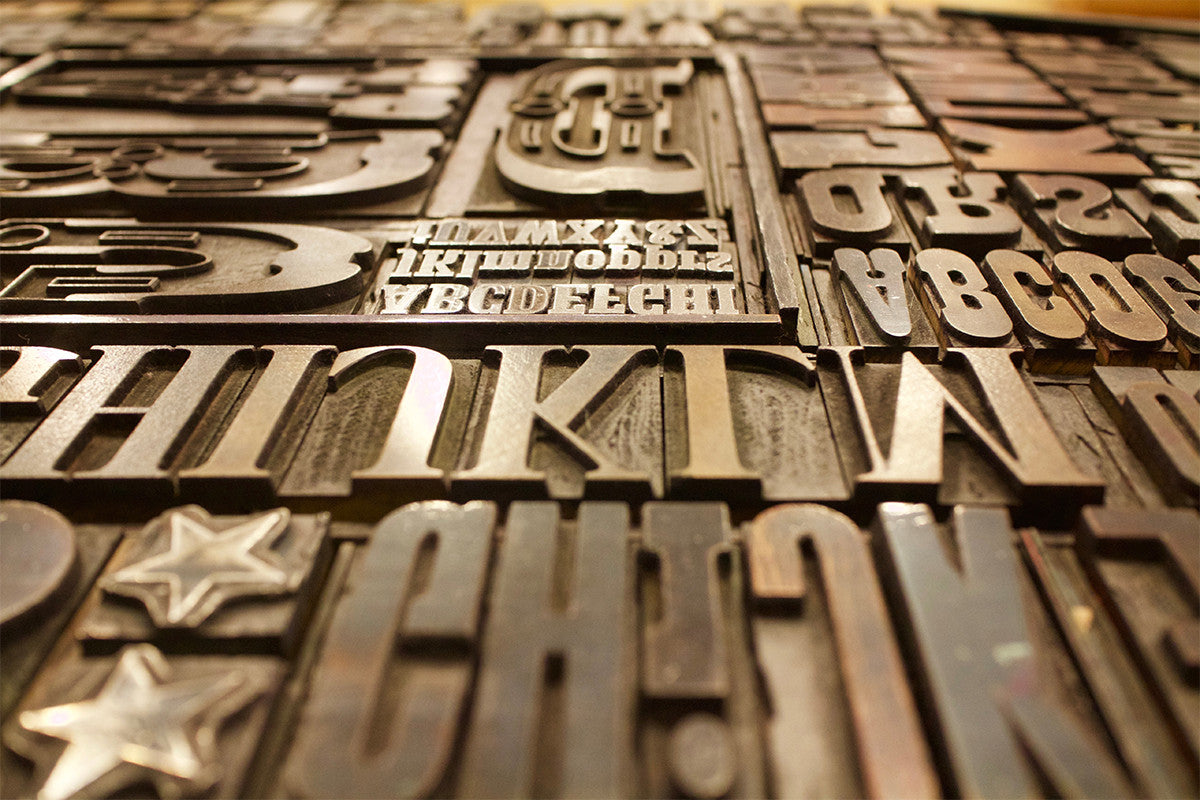

In the 16th century, with presses spreading further afield, their output rose tenfold to an estimated 150 to 200 million copies. By 1500, printing presses in operation throughout Western Europe had already produced more than twenty million volumes. However the first book in English was not until 25 years later in 1475.

Printing soon spread from Mainz, Germany to over two hundred cities in a dozen European countries. Books of bestselling authors such as Luther and Erasmus were sold by the hundreds of thousands in their lifetime.

A single Renaissance printing press could produce 3,600 pages per workday, compared to about 2,000 by typographic block-printing and a few by hand-copying. The printing press displaced earlier methods of printing and led to the first assembly line-style mass production of books. His newly devised hand mould made possible the rapid creation of metal movable type in large quantities. Gutenberg, a goldsmith by profession, developed a printing system by both adapting existing technologies and making inventions of his own. The exact date of Gutenberg’s press is debated based on existing screw presses. A few hundred years after the first Han Chinese invention another version of a movable type mechanical printing press technology was developed in Europe and is credited to the German printer Johannes Gutenberg in 1450.
#Guytenberg printpress free
This was a form of metal movable type technology that has been described by the French scholar Henri-Jean Martin as ‘extremely similar to Gutenberg’s’, suggesting that some of the earlier Han Chinese/Korean technological innovations may have been transmitted to Europe sometime after the Mongolian invasions of Europe which significantly opened up the Silk Road and allowed free flow and transmission of ancient Chinese inventions knowledge, gunpowder firearm technology and science within the Mongol Empire thus allowing technology to move from China to Europe freely and safely. This led to the printing of a Korean book, using the ancient Chinese writing system, known in Korean as the Jikji in 1377, it is the oldest extant movable metal printed book in the entire world. The Han Chinese later transmitted this technology to the Imperial Chinese tributary state of Korea during the Goryeo Dynasty, the Korean inventors subsequently made many new technological improvements and innovations upon the original Han Chinese technology and in 1234 created the world’s first metal movable-type printing technology for printing paper books 216 years before Gutenberg’s version of metal movable type. The Han Chinese polymathic genius Shen Kuo wrote extensively about the movable type printing technology developed by Bi Sheng in his scientific book, the Dream Pool Essays which was published in Imperial China by the year 1088 A.D. The world’s first movable type printing technology was invented and developed in China by the Han Chinese printer Bi Sheng between the years 10. Typically used for texts, the invention and spread of the printing press are widely regarded as among the most influential events in human history, revolutionizing the way people conceive and describe the world they live in, and ushering in the period of modernity. The device applies pressure to a print medium that rests on an inked surface made of movable type, thereby transferring the ink. A printing press is a device for evenly printing ink onto a print medium (substrate) such as paper or cloth.


 0 kommentar(er)
0 kommentar(er)
